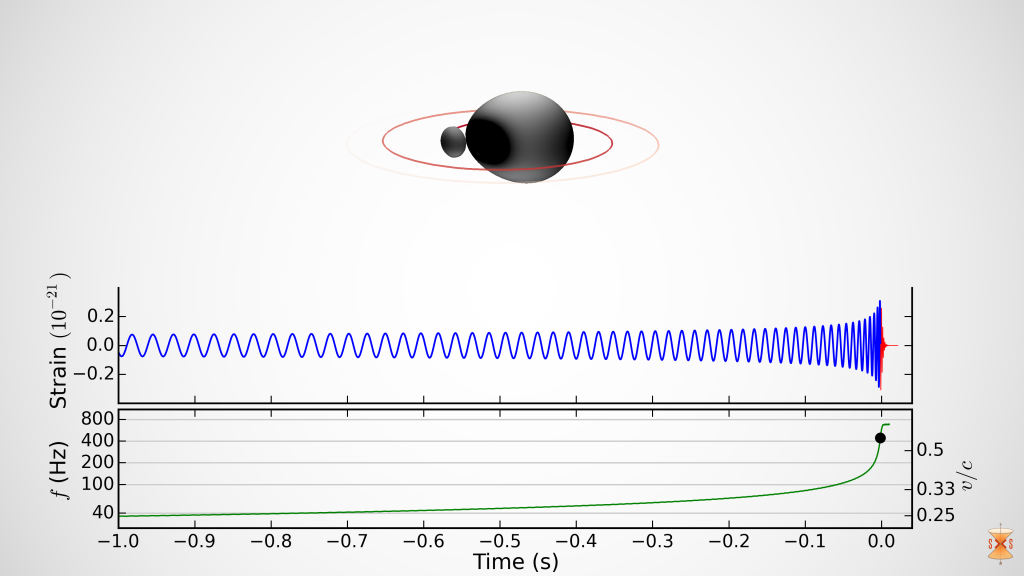Gravitation waves detected, again!
June 15, 2016 in blog, blog-general, blog-technical, for_press, for_researchers, for_users, in_the_news, news, success_story, Testimonials
We congratulate the LIGO and Virgo collaborations to the second-ever observation of gravitational waves from colliding black holes.
SciNet is proud to have contributed to the computation of the waveform templates that were used in this latest discovery of LIGO. LIGO measured about 55 gravitational wave cycles for this new binary black hole system. This large number of cycles made detailed computations of the expected wave-shapes more important than for the first detected black hole merger that was announced in February.
Canada is a leader of numerical calculations of colliding black holes, research led by Professor Harald Pfeiffer, Canada Research Chair for Numerical Relativity and Gravitational Wave Astrophysics at the University of Toronto. Pfeiffer states: I am very grateful for the sustained support of the SciNet team during the last 7 years; their support and the access to computing time on SciNet’s supercomputers have been crucial for my research program and its profound contributions to the LIGO discovery.
Above: The in-spiral and collision of two black holes similar to GW151226. The top portion of the frame shows the horizons of the two holes, in this case, at the moment close to the merger of the black holes. The middle portion of the frame shows the gravitational waveform projected onto the LIGO Livingston detector. The bottom part shows the frequency of the gravitational waves, gradually increasing from about 35Hz to above 700Hz. For this system, LIGO could observe many more gravitational wave cycles than for the first discoved system (named GW150914).
Visualization done by University of Toronto Undergraduate student Aliya Babul & Prof. Harald Pfeiffer, within the SXS Collaboration/www.black-holes.org.


